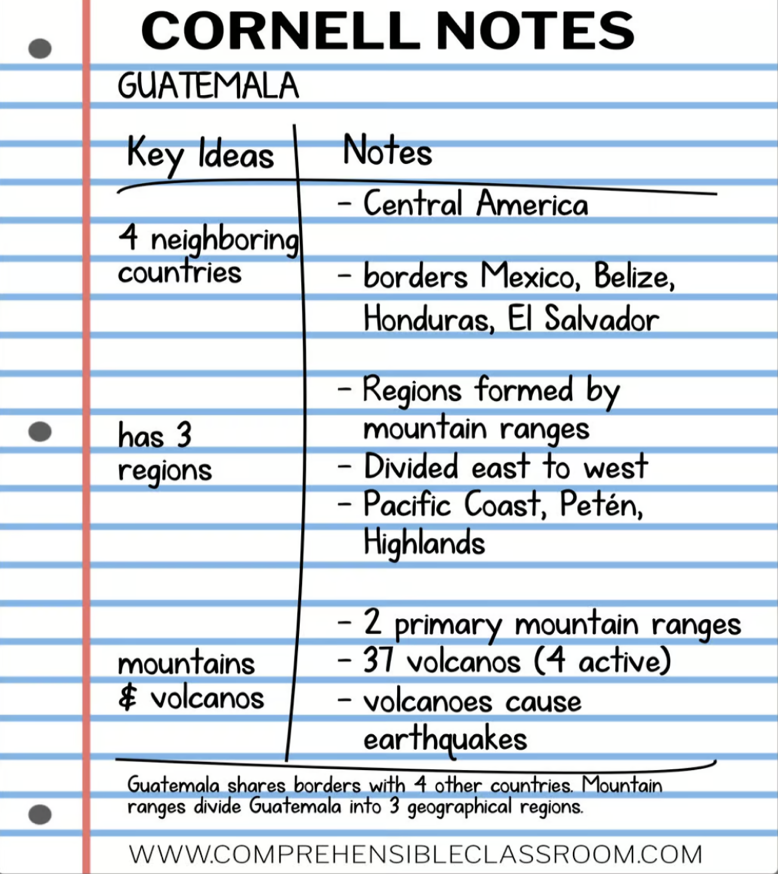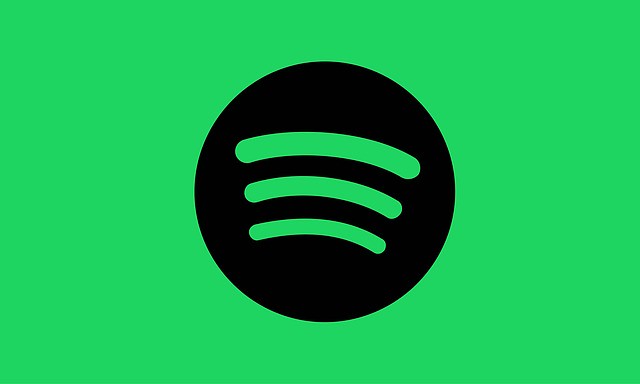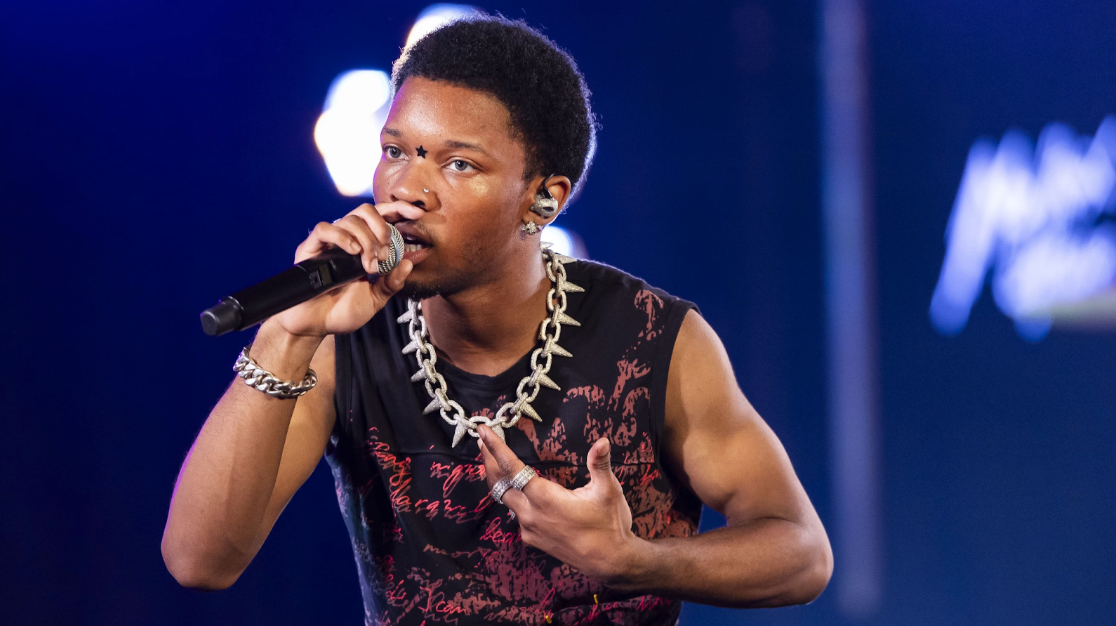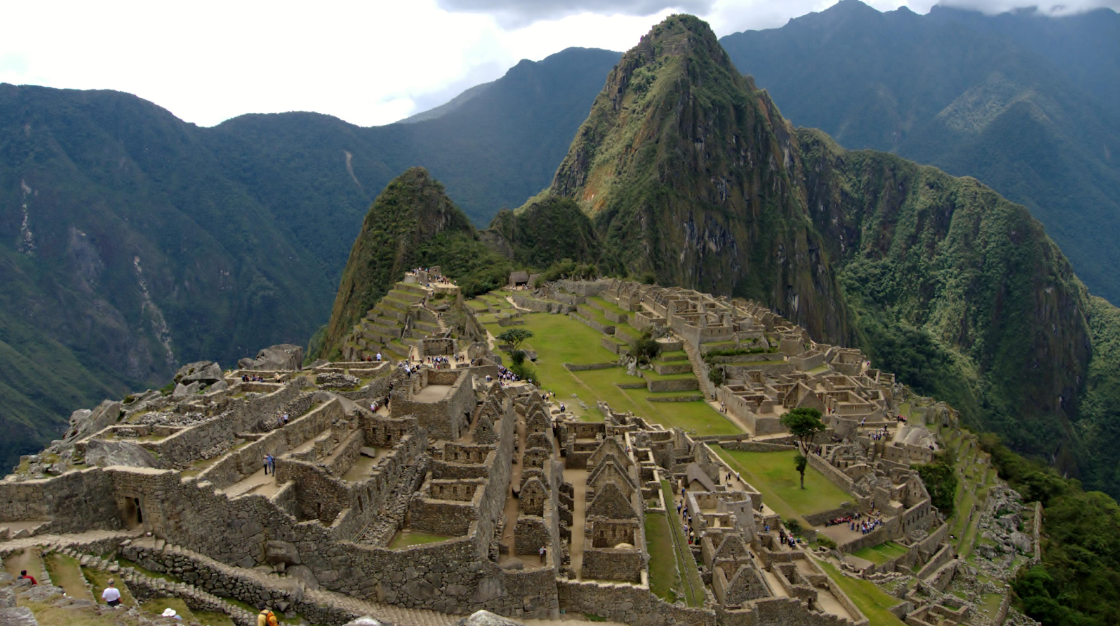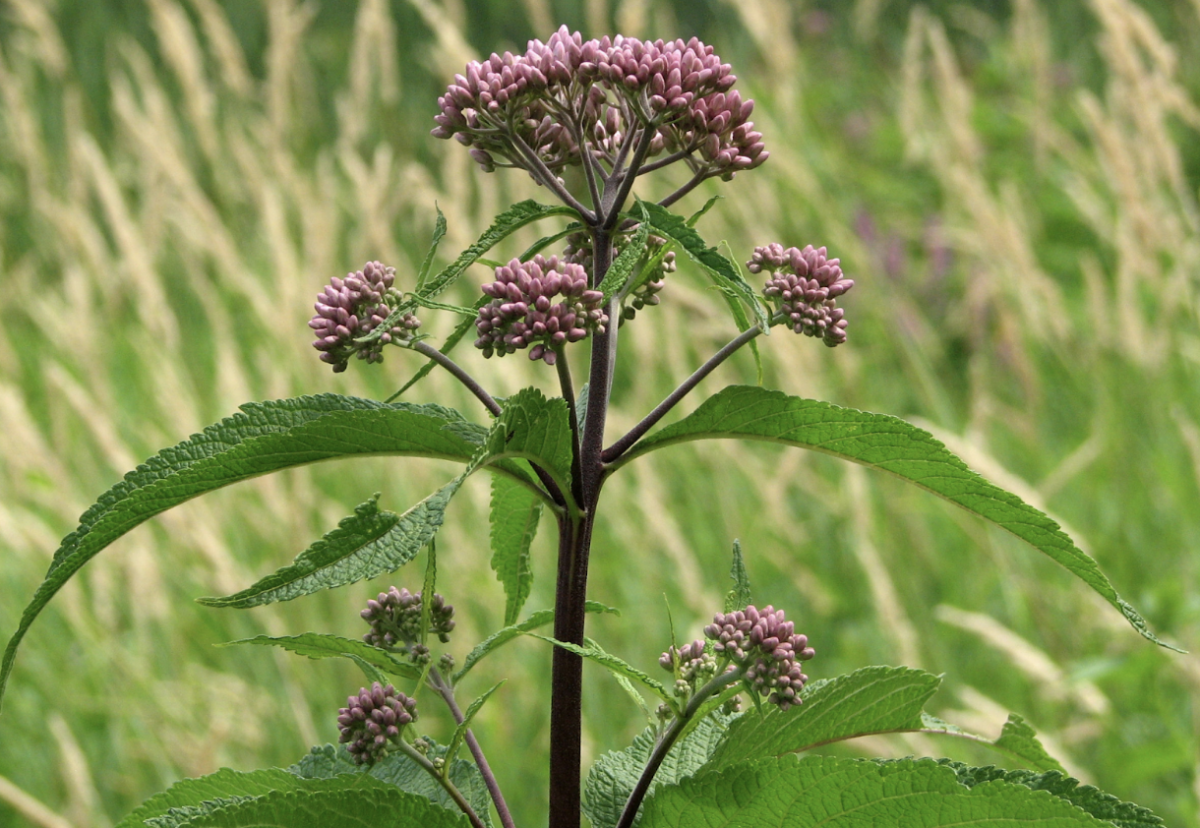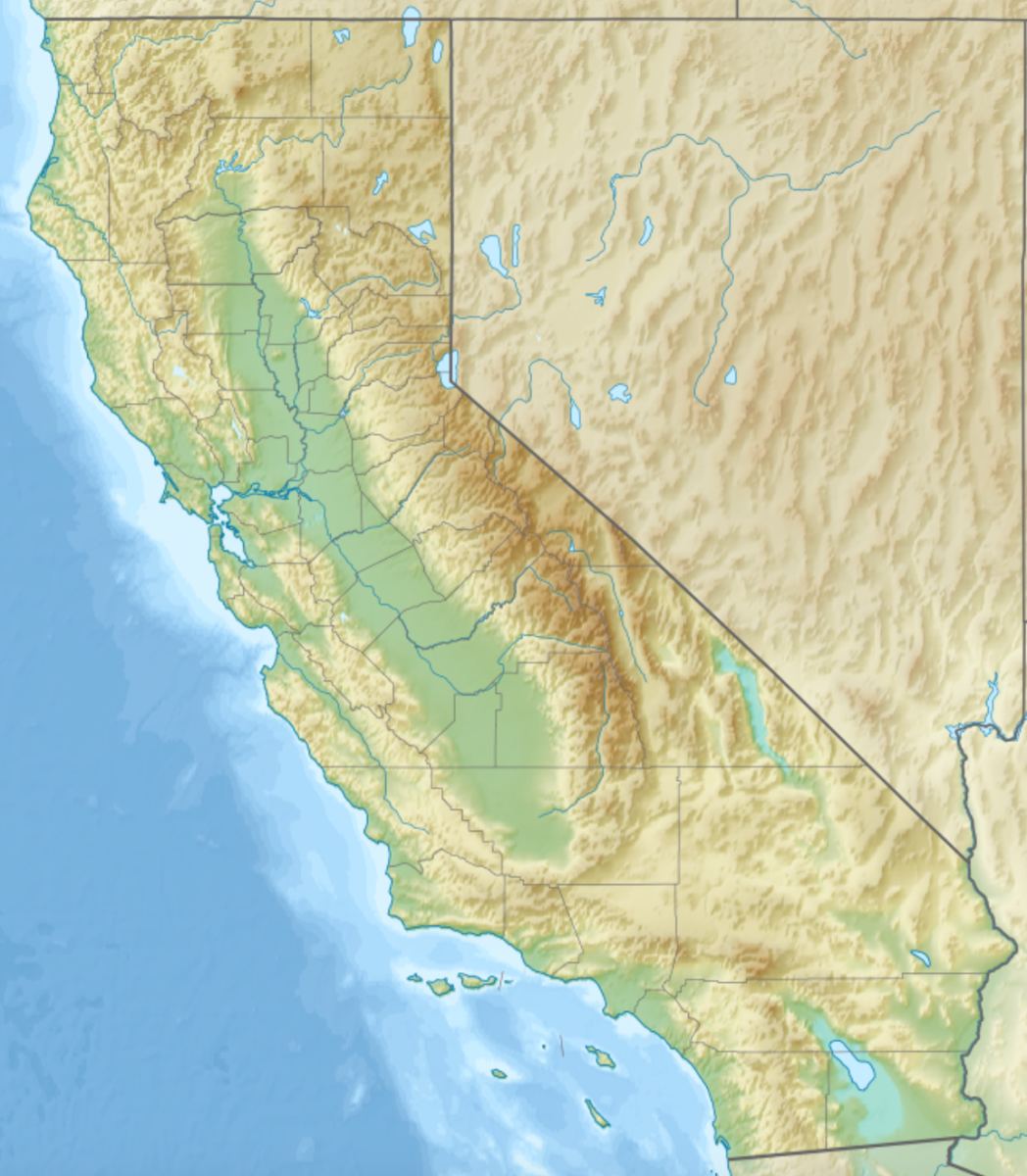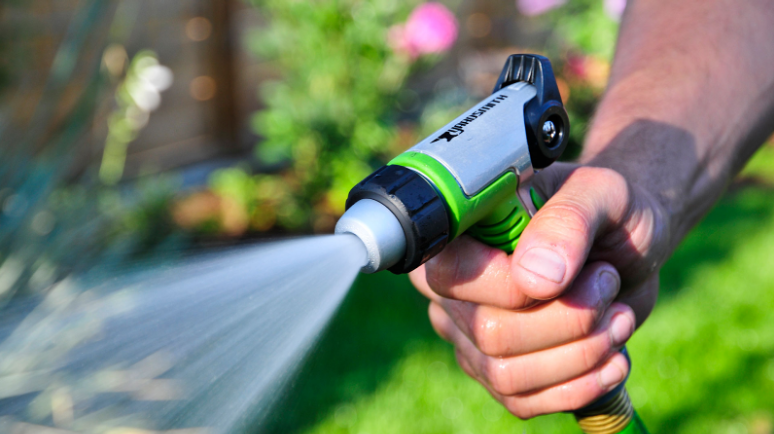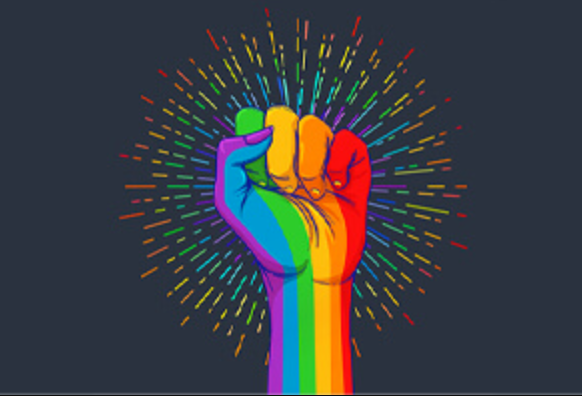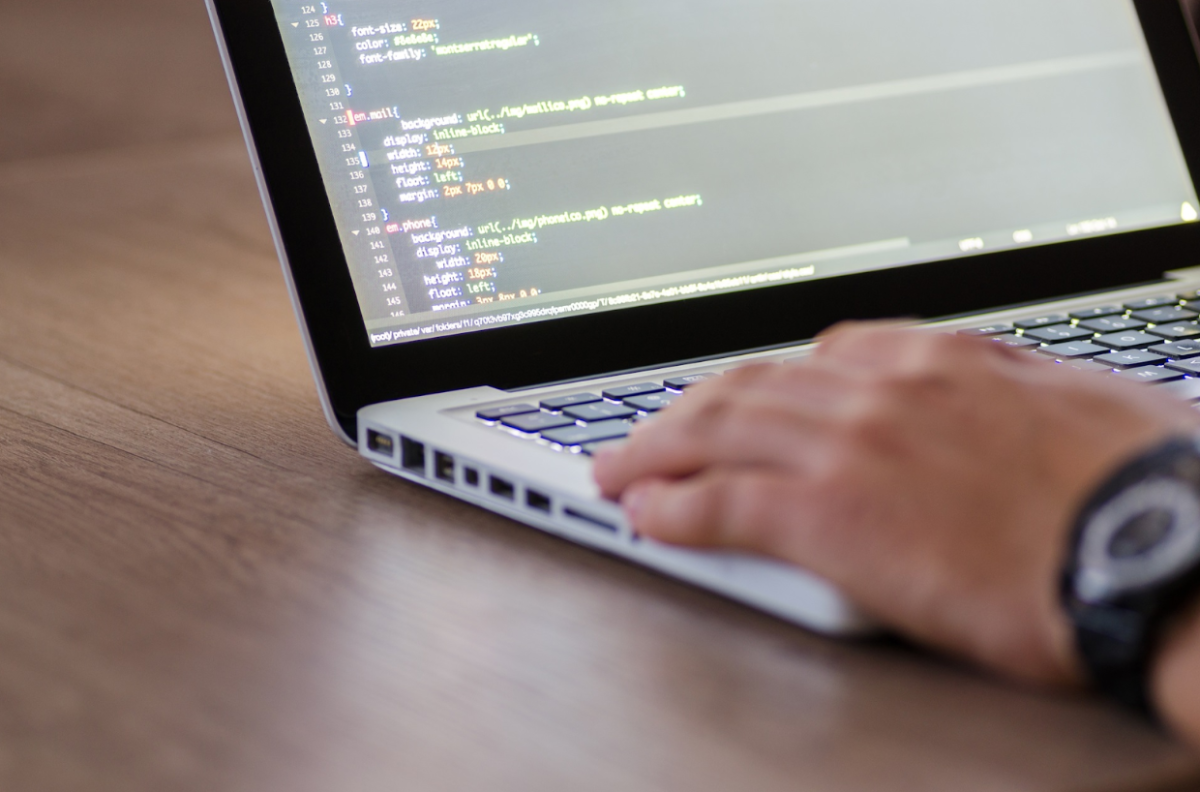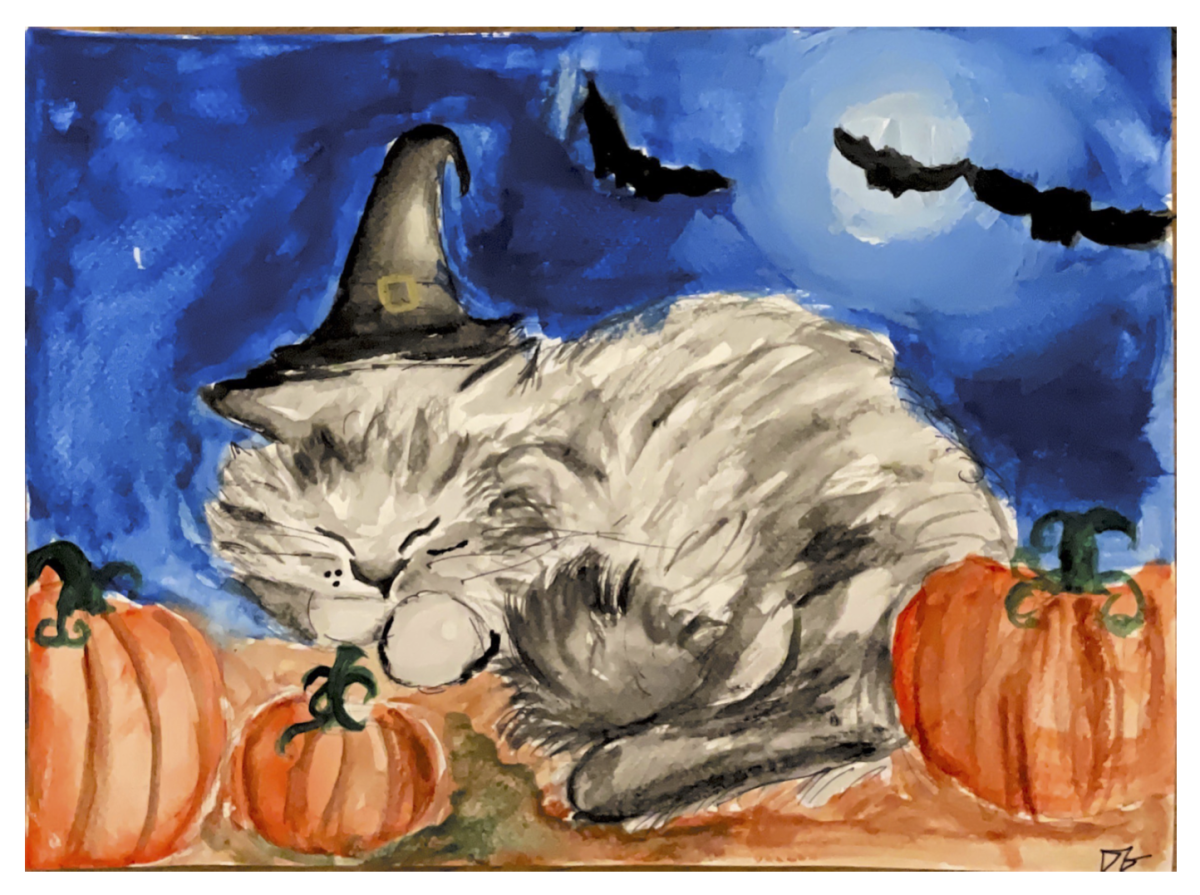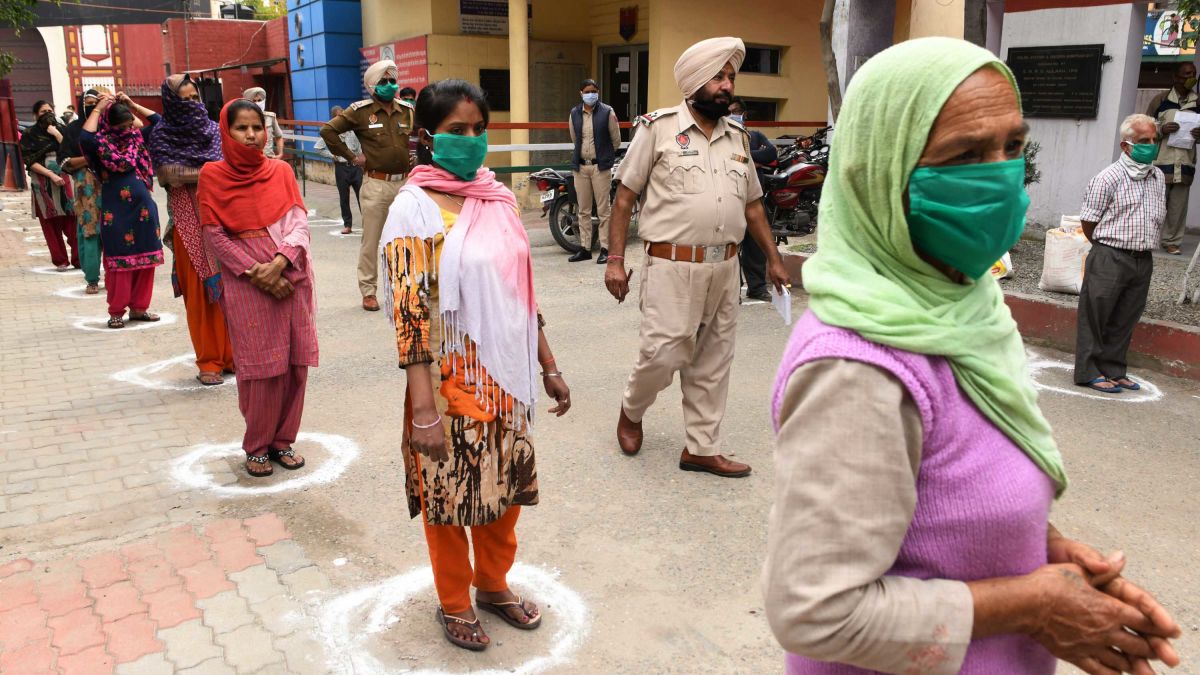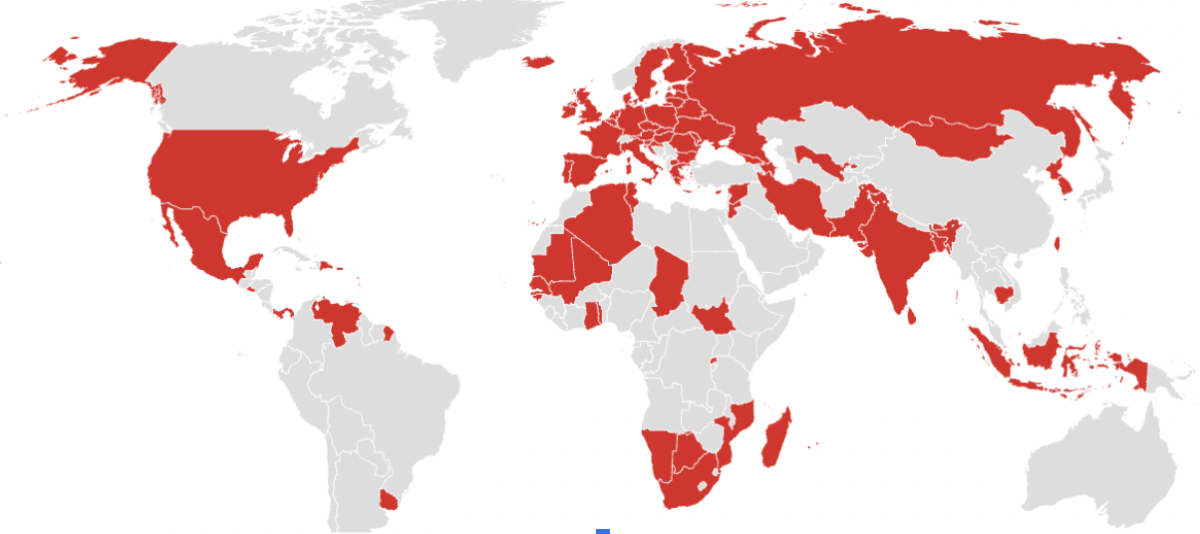Previously published Jun 2. 2021
In 2020, most imagined 2021 to be a magical year, during which the terror of COVID-19 would slowly subside and then die. While COVID-19 cases have been reducing consistently due to increased vaccination in most of the US, that isn’t the case in every country.
One of the most prominent examples of this is India. After a consistent “flattening of the curve,” cases began skyrocketing in mid-March 2021. With 412,431 daily new cases as of May 5 and many more potentially untested or unreported cases, the highest figure India has ever seen. Across the world, several countries have sent aid to India. For example, the UK has sent one hundred ventilators and ninety-five oxygen concentrators, and the US has sent $100 million worth of aid shipments to India.
What is it that caused this rapid increase in cases? For one, India witnessed several political and religious gatherings throughout the last few months, many without masks and social distancing, which contributed to increased transmission. In addition, most individuals began lowering their guard against the virus, holding crowded weddings, visiting crowded shopping centers, and participating in other activities without masks or distancing. While India has been administering two vaccines—Covaxin, developed by India’s Bharat Biotech, and Covishield, designed by British pharmaceutical giant AstraZeneca—many individuals, primarily aged twenty-four to forty-five, refused to get vaccinated due to worries about side effects and deaths. This was especially prominent after news of blood clots in individuals who had received Covishield. In South India, the death of a prominent actor twenty-four hours after getting his first dose (despite confirmation that he died due to a heart issue and not the vaccine).
But in addition to human-influenced factors, there could be another potential cause for this surge. Many of these new cases in India are not the original COVID-19—they are the “double variant” B.1.617 mutation of the virus. While it has not been explicitly declared a “variant of concern,” researchers currently do not believe it to be significantly more dangerous than the original strain. It has also not been dismissed as unimportant and is under further research. This variant has been spotted in at least twenty-one countries as of May 6, including the US and Singapore. This could result from citizens of foreign countries fleeing India due to government recommendations—the US, for example, has advised all US citizens in India to leave immediately. If these individuals do not strictly quarantine upon arrival, the spread of the variant is only a matter of time.
Right now, the most important question on most people’s minds is whether the existing vaccines will work against this worrying variant. The ICMR (Indian Council for Medical Research) identified Covaxin to be effective against the double mutant, and the BioNTech CEO Ugur Sahin said he was “confident” that the Pfizer-BioNTech vaccine will work against the variant. But the international community is still worried about this new variant. Many global leaders have maintained that helping India defeat this variant will help prevent a global spread, against which vaccines may or may not work.
For now, however, please get vaccinated as soon as you can (everyone sixteen or over has been eligible for a few weeks)! And remember, even after you get vaccinated, try your best to socially distance yourself, and always wear masks in indoor or crowded settings. Public negligence is a significant cause of the surge in cases in places such as India, so please be mindful of your actions while attempting to get back to a “new normal.”
Sources
https://www.bbc.com/news/world-asia-india-56844925
https://www.washingtonpost.com/nation/2021/04/29/coronavirus-covid-live-updates-us/
https://www.cnn.com/2021/04/29/india/india-covid-crisis-world-problem/index.html
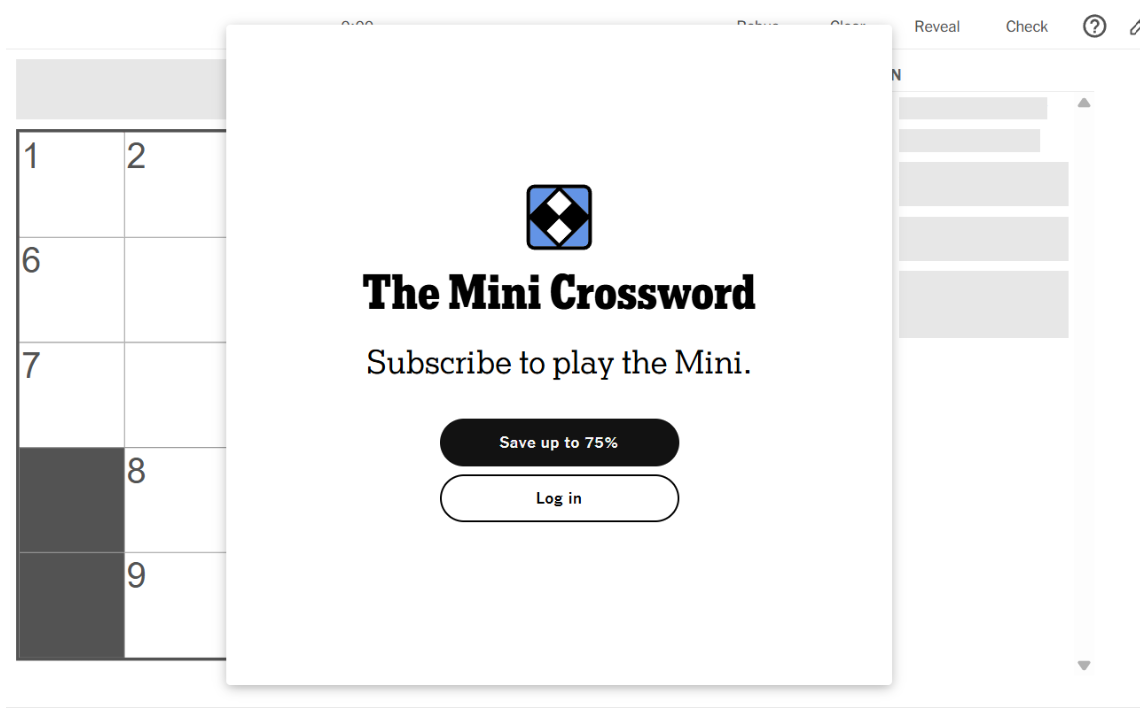


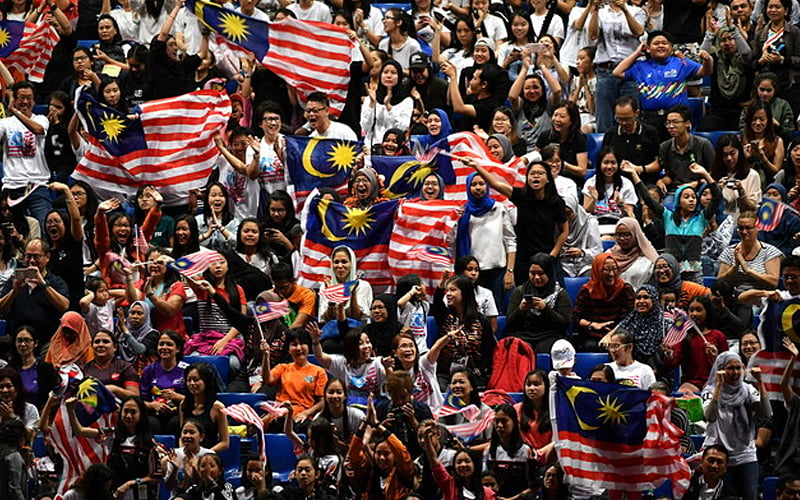



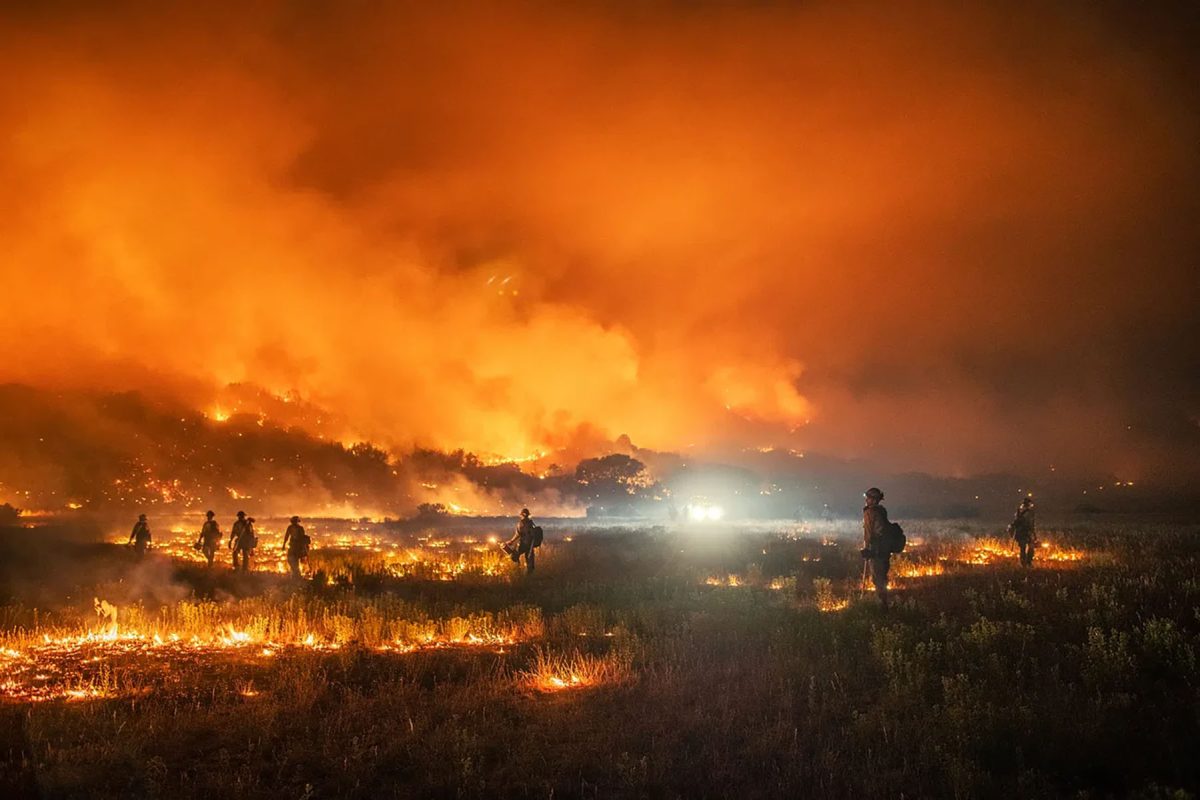

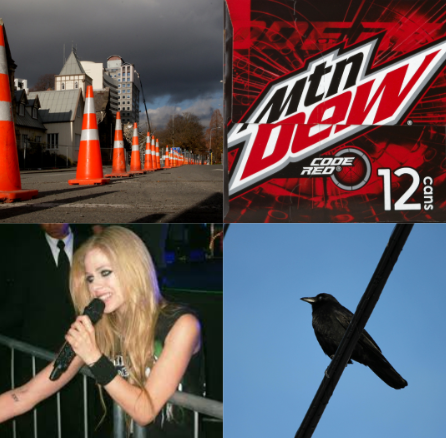
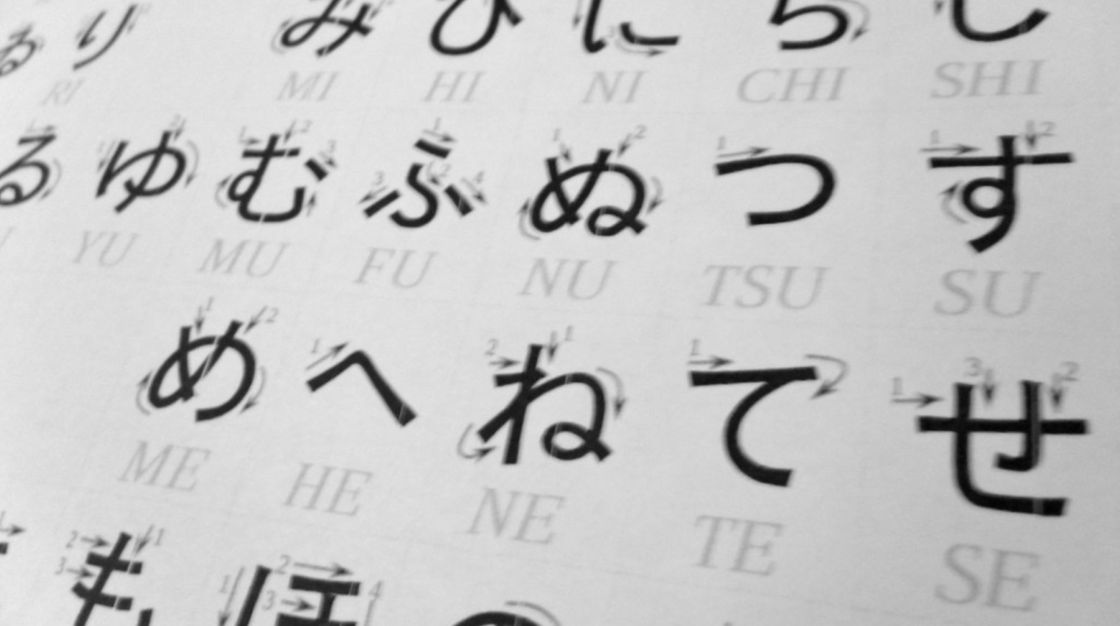


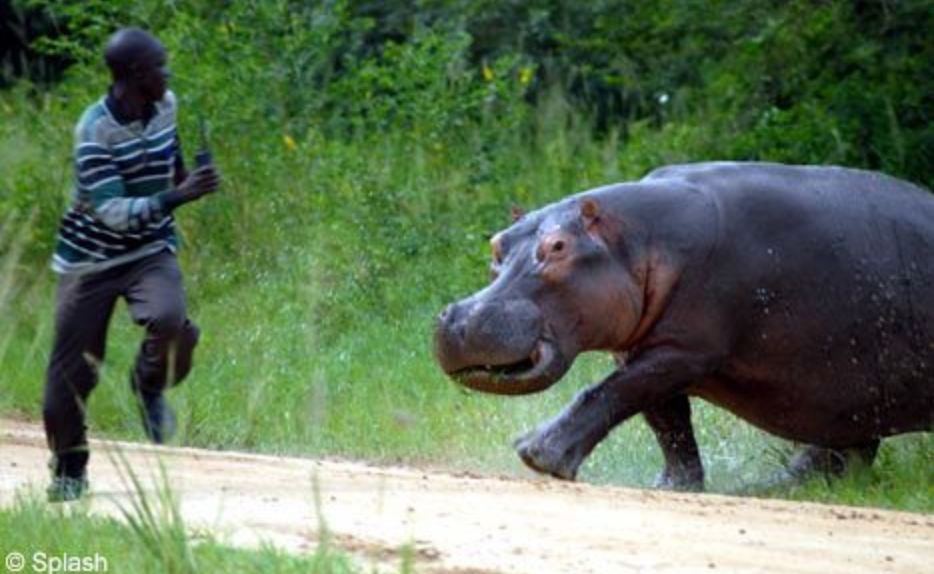



![Teacher [Milk] Tea: Part 2](https://bisvquill.com/wp-content/uploads/2024/03/Screen-Shot-2024-03-19-at-9.28.48-PM.png)
